The Hells Angels: A Look Inside
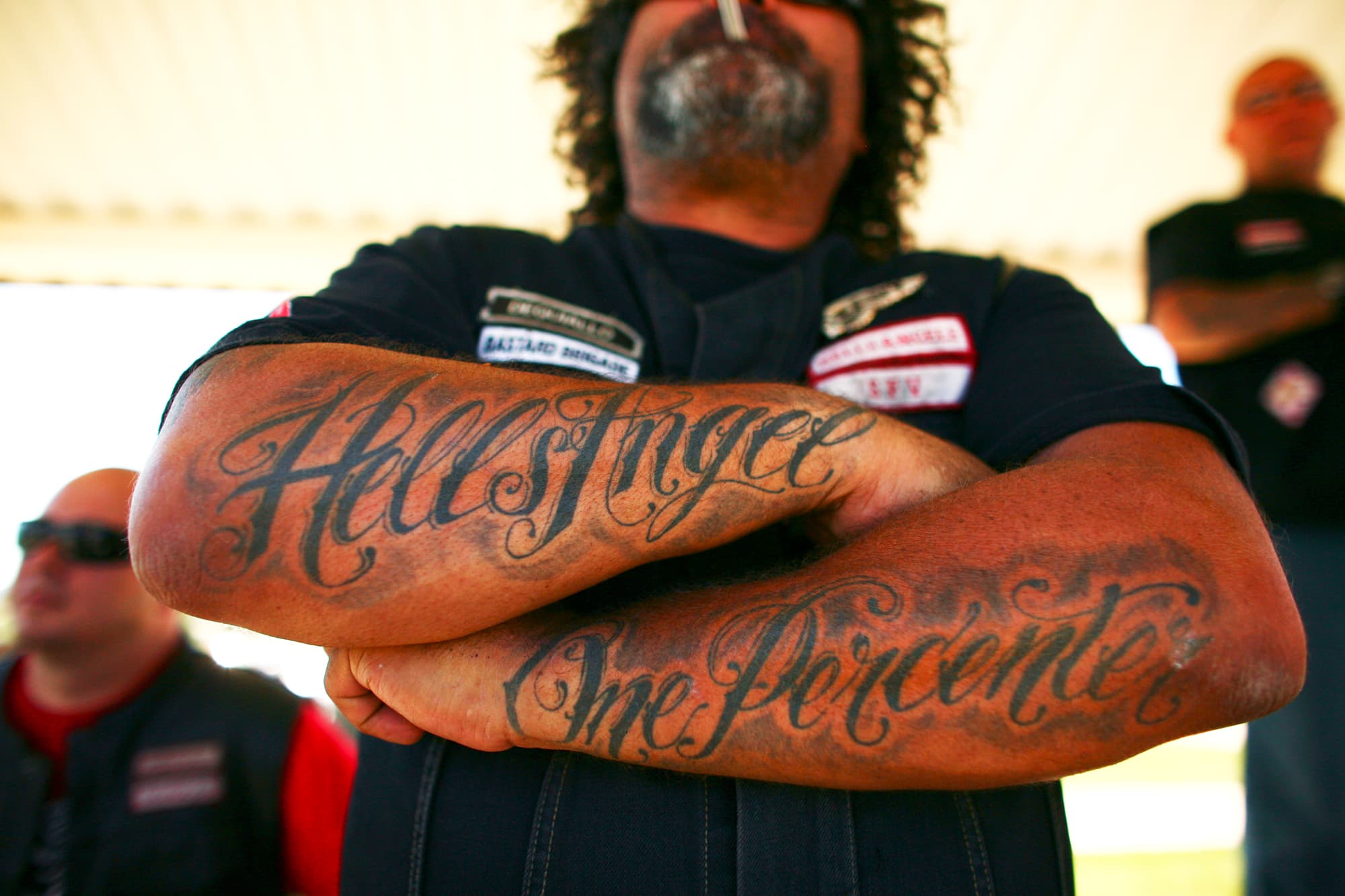
Table of Contents
A History of the Hells Angels: From Post-War Roots to Global Presence
The Hells Angels' history is deeply intertwined with post-World War II American society. Their origins can be traced back to 1948 in Fontana, California, a time of significant social and economic upheaval. This biker gang, initially a loose collection of veterans and rebels, quickly established itself as a powerful force within the burgeoning biker culture.
-
Early Years and Expansion: The club's early years were marked by a focus on motorcycle riding and a rejection of mainstream society. However, their activities soon attracted the attention of law enforcement. Their expansion throughout the United States and into other countries was rapid, fueled by a desire for territory and a strong sense of camaraderie.
-
Chapter System and Hierarchy: The Hells Angels operate under a strict hierarchical structure, with chapters established across the globe. This organizational framework allows for efficient communication and coordination, even across vast geographical distances. The structure ensures that individual chapters act in accordance with the overall goals and directives of the organization.
-
Significant Events and Conflicts: The Hells Angels' history is punctuated by numerous violent conflicts, both with rival motorcycle gangs and law enforcement. These events, often involving weapons and considerable violence, contributed significantly to their notorious reputation. The Altamont Speedway Free Concert in 1969, marred by violence and death, remains a particularly infamous example.
-
Evolution of Image and Perception: The Hells Angels' public image has evolved over time, shaped by media portrayals and their own actions. While initially seen as simply a motorcycle club, their involvement in criminal activities has solidified their reputation as an outlaw motorcycle gang (OMG). Understanding this evolution is crucial to understanding their complex identity.
The Hells Angels' Culture and Lifestyle: Brotherhood, Rituals, and Identity
At the heart of the Hells Angels lies a powerful sense of brotherhood and loyalty. This intense camaraderie is a crucial element of their culture, fostering a strong sense of belonging and mutual support amongst its members.
-
Brotherhood and Loyalty: Membership is highly coveted and requires a significant commitment. Initiates go through a rigorous process before being fully accepted into the fold, solidifying their dedication and loyalty.
-
Symbols and Patches: The club's iconic symbols, particularly their "death head" patch, are highly significant, representing their identity and solidarity. These symbols are deeply ingrained in their culture and serve as visual representations of their shared history and values. These patches signify rank and membership within the organization.
-
Rituals and Traditions: The Hells Angels maintain various rituals and traditions, often shrouded in secrecy, which reinforce their shared identity and culture. These rituals enhance the sense of brotherhood and solidify the ties between members.
-
Appeal of the Lifestyle: The Hells Angels lifestyle, with its emphasis on freedom, rebellion, and camaraderie, holds a powerful appeal for many. This appeal draws individuals seeking an alternative to mainstream society and offers a sense of belonging that many other groups cannot match. The allure of a life on the edge, defying societal norms, contributes greatly to the enduring appeal of the organization.
-
Role of Motorcycles: Motorcycles are integral to the Hells Angels' identity, representing both freedom and rebellion. They are more than just transportation; they are symbols of their culture and a crucial aspect of their lifestyle. The roar of the engines and the feeling of the open road are deeply interwoven with their sense of self.
The Hells Angels and Criminal Activity: Allegations, Arrests, and Legal Battles
The Hells Angels have a long and well-documented history of alleged criminal activity. While not all members are involved in crime, the organization has been linked to various illegal enterprises.
-
Drug Trafficking and Violence: The club has faced numerous allegations of drug trafficking, often involving large-scale operations. Furthermore, violence, both among rival biker gangs and against civilians, has repeatedly been attributed to Hells Angels members.
-
Racketeering and Other Crimes: The Hells Angels have been investigated and prosecuted for various crimes, including racketeering, extortion, and money laundering. These activities often overlap, making investigation and prosecution complex and challenging.
-
Legal Battles and Convictions: Numerous legal battles have been fought against the Hells Angels and their members. While some cases have resulted in acquittals, numerous convictions have underscored the club's involvement in criminal activities.
-
Law Enforcement Strategies: Law enforcement agencies worldwide employ various strategies to combat Hells Angels activities, including surveillance, undercover operations, and coordinated raids. The challenges posed by the club’s clandestine operations and international reach require a multi-faceted approach.
-
Ongoing Debate and Controversy: The extent of the Hells Angels' involvement in criminal activity remains a subject of ongoing debate and controversy. Distinguishing between the actions of individual members and the organization as a whole is a difficult task, complicating efforts to understand their true nature.
The Hells Angels and Public Perception: Media Portrayals and Social Impact
The Hells Angels' public image has been largely shaped by media portrayals, often reinforcing negative stereotypes.
-
Media Portrayals and Stereotypes: Media representations, from movies to news articles, frequently depict the Hells Angels as violent criminals, perpetuating harmful stereotypes and influencing public perception.
-
Impact on Public Perception: These portrayals, while sometimes based on factual events, can oversimplify the complex reality of the club, fostering fear and misunderstanding.
-
Social Impact of Activities: The Hells Angels' activities, both legal and illegal, have a demonstrable social impact on the communities in which they operate, ranging from fear and intimidation to economic disruption.
Conclusion
The Hells Angels Motorcycle Club remains a complex and controversial organization. This article has explored their history, culture, and alleged criminal activities, aiming to provide a balanced perspective. Their story highlights the enduring power of brotherhood, the allure of a rebellious lifestyle, and the persistent tension between outlaw culture and societal norms. Their legacy is one of both fascination and fear, a testament to their enduring impact on the American landscape and beyond.
Want to learn more about the intricate world of outlaw motorcycle gangs? Continue exploring the fascinating, and sometimes frightening, history of the Hells Angels and other biker clubs. Further research will reveal the many layers of this often misunderstood subculture.

Featured Posts
-
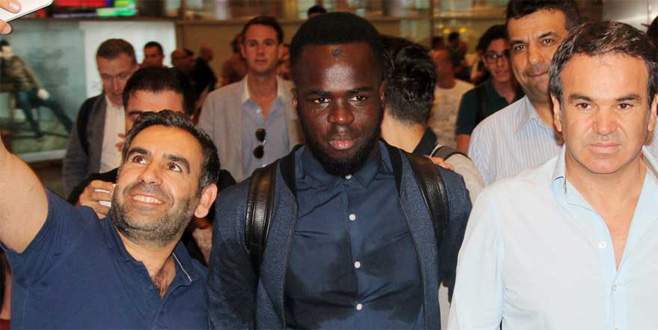 Futbol Duenyasini Sarsan Sorusturma O Kuluep Uen Doert Yildizi Tehlikede
May 26, 2025
Futbol Duenyasini Sarsan Sorusturma O Kuluep Uen Doert Yildizi Tehlikede
May 26, 2025 -
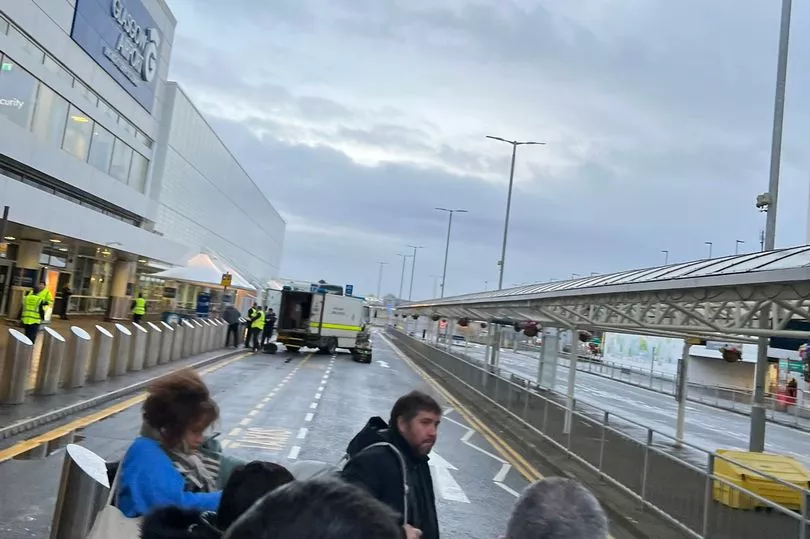 Glasgow Airport Wrongful Arrest To Become Feature Film
May 26, 2025
Glasgow Airport Wrongful Arrest To Become Feature Film
May 26, 2025 -
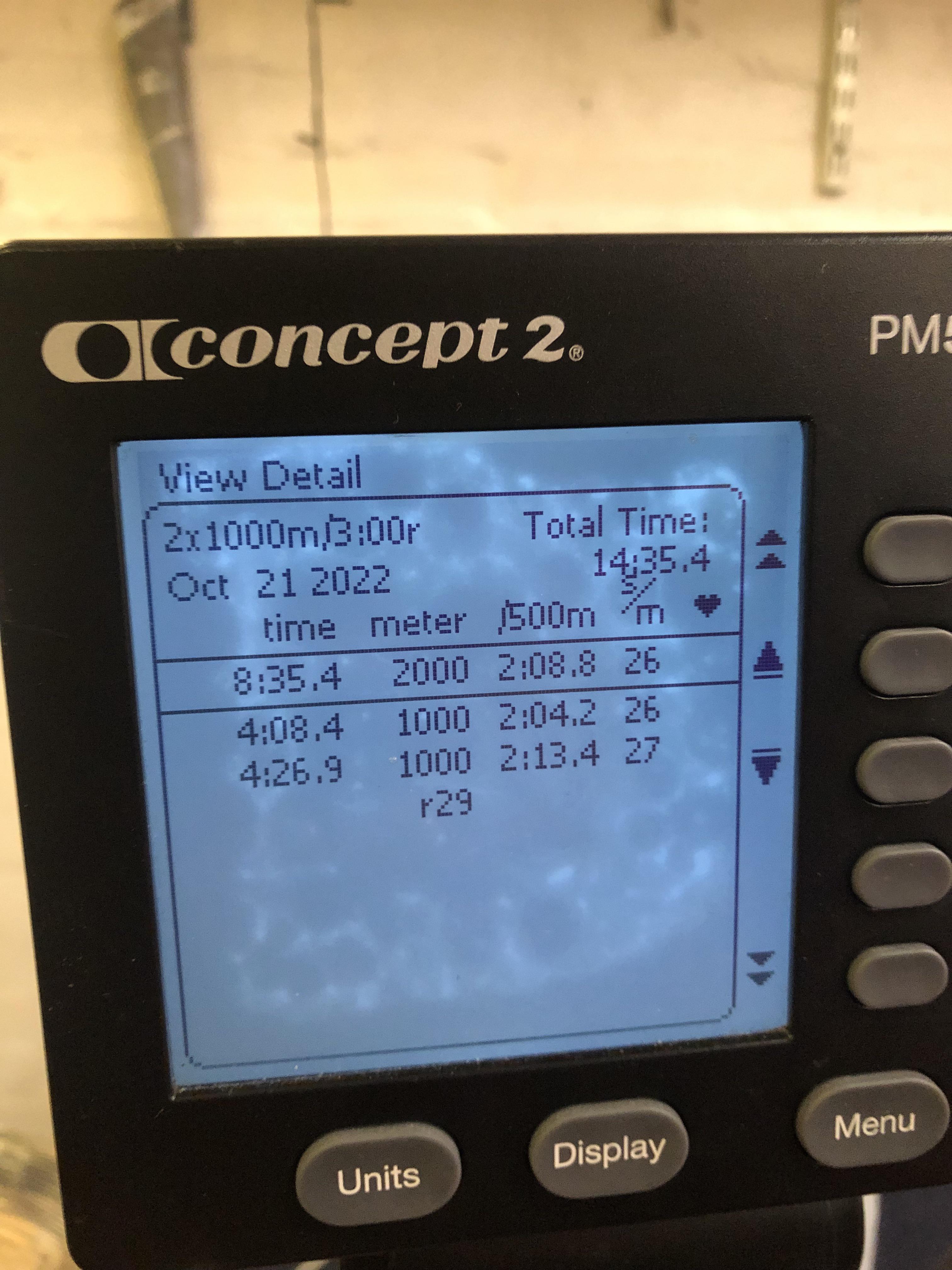 When His Son Needed 2 2 Million Treatment This Dad Started Rowing A Fathers Incredible Journey
May 26, 2025
When His Son Needed 2 2 Million Treatment This Dad Started Rowing A Fathers Incredible Journey
May 26, 2025 -
 Tim Cooks Apple Facing Headwinds In A Changing Tech Landscape
May 26, 2025
Tim Cooks Apple Facing Headwinds In A Changing Tech Landscape
May 26, 2025 -
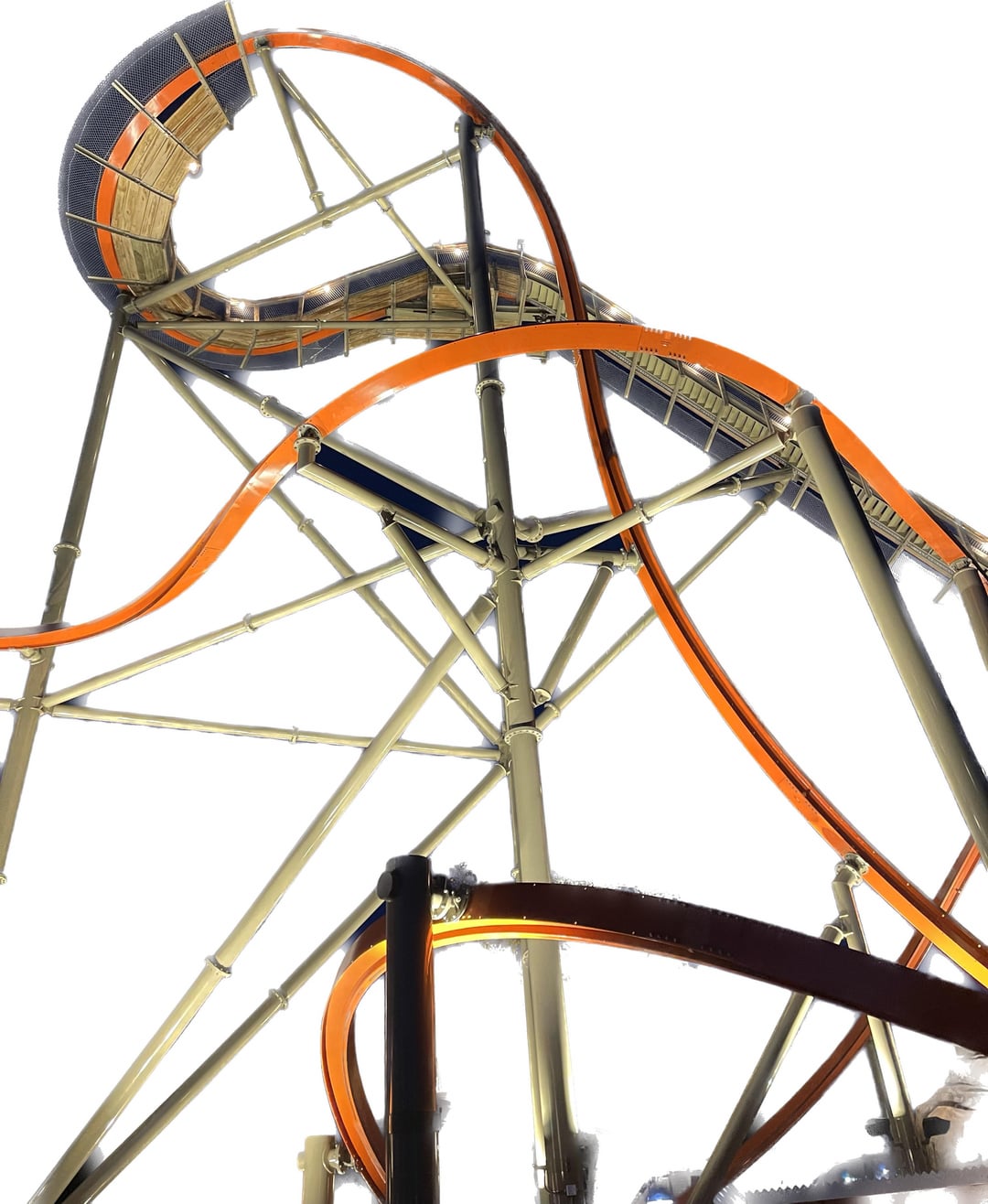 Apples New I Phone Feature A Must Have For Formula 1 Fans
May 26, 2025
Apples New I Phone Feature A Must Have For Formula 1 Fans
May 26, 2025
